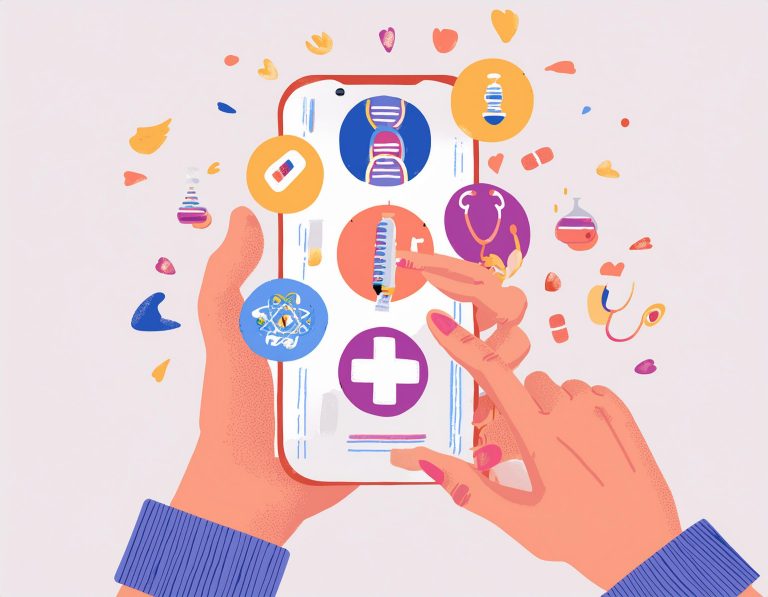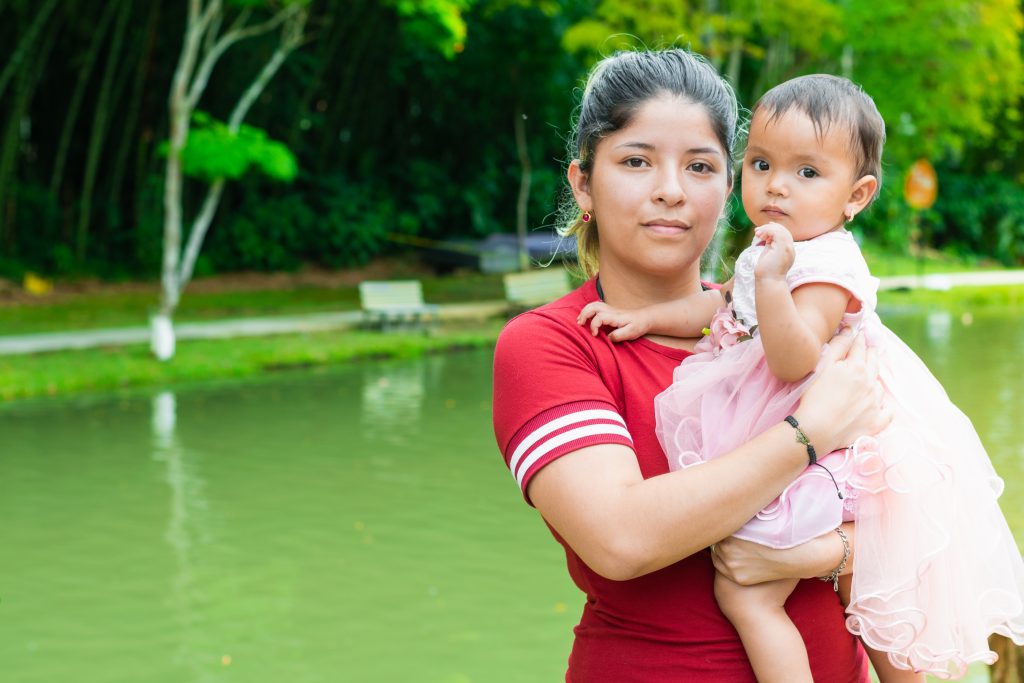According to DataReportal, there were 5.07 billion social media users around the world at the start of April 2024, which is equivalent to 62.6 percent of the total global population. There is no better way than social media to expand the audience any information would otherwise reach.
Researchers are increasingly interested in making their research outputs reach audiences beyond academia. To this end, they are using social media, research profiles (read our article discussing these platforms), and other internet-based tools such as blogs.
However, a social media presence alone doesn’t guarantee success in audience expansion for researchers. In a context where the main reasons for using social media are keeping in touch with friends and family, filling spare time, reading news stories, finding content, and seeing what is being talked about (see graph below), can it be fruitful to share health-related academic research in social media? If that is the case, where does this content fit?
Can health-related scholarly content thrive on social media platforms?
The question regarding whether social media is the right place to share public health and medical academic research has already been slightly explored within academia.
In 2019, Lilly Kauffman and colleagues published an article examining the results of the creation of a Pinterest account, CTisus, with boards presenting case studies, medical illustrations and quiz questions, all related to radiology.
In the span of five months (January–May 2019), their Pinterest site garnered 172,046 impressions (1,247/day), 4,238 engagements (31/day), 293 link clicks (2/day), and 165 saves (1/day), and, from October 2018 to May 2019, it provided 266 referrals to the website.
The authors concluded: “Given the volume of Pinterest users, we find the time expenditure of maintaining our presence on this social media worthwhile, with the hope of reaching a wider audience and refining and offering a different form of access to our deep repository of radiologic images.” Currently, the site has 24.2k monthly viewers and 2.2k followers.
Source: Pinterest
In 2021, Jessica Luc and colleagues published a study presenting the results of a year-long experiment, where 50 percent of a selection of 112 articles published between 2017 and 2018 were randomly selected to be shared in the Thoracic Surgery Social Media Network´s X account (Twitter at the time). Articles randomized to tweeting experienced substantially greater change in Altmetric score, Mendely reads and citations.
Utilizing Pinterest, X, or any other social media platform for academic content requires exploring alternative language and formats. The success of the aforementioned studies might be attributed to the effective transformation of content into social media-friendly formats.
In 2022, Alex (Seung Heyck) Lee and colleagues analyzed the results of a survey designed to evaluate the effectiveness of infographics in simplifying COVID-19 related information. The survey was administered to social media users, primarily students from Western University, following a social media campaign that published COVID-19 related infographics from May to August 2020.
Their findings revealed that 92 percent of respondents agreed scientists should use infographics on social media for effective communication, 89 percent felt infographics facilitated navigation through complicated science compared to written articles, 74 percent found pictures, diagrams, or graphical elements somewhat or very useful in understanding scientific concepts, and 65 percent felt somewhat or strongly able to retain more information from reading infographics compared to written articles.
While this research only focused on infographics, it is clear that effective communication of scientific content is related to innovative ways to transform otherwise dense information into something that is adequately simplified and accompanied by visual elements.
Aligning public health and medical scholarly information with common social media engagement drivers
Research within academia has demonstrated that social media can effectively broaden the reach of scientific findings. The real challenge lies in framing this content in a way that preserves essential information without leaving aside the preferences of social media users, both in terms of formats and reasons to use each social media platform.
In “An Academic’s Guide to Social Media,” Kelly Ann-Allen and colleagues share recommendations for establishing a social media presence. Interestingly, they show that social media offers more opportunities for sharing certain aspects of academia than academia itself. For instance, it’s possible to make posts with personal content, such as what your everyday life is like as a researcher, to informally interact with people to ask and answer questions, offer advice, and even post subject-related jokes.
| Type of content | Meaning |
|---|---|
| Your research | Publications, research impact, current research topics and accomplishments. |
| Personal | Aspects about your daily life and personal thoughts. People will engage more if they see you as a person they can relate to. |
| Inspire | Share the sources of inspiration in your academic path. |
| Academic life | Workplace culture, things that support your work, relatable content. |
| Engagement/advice | Ask questions, offer advice, interact with other people’s posts. |
| Gratitude | Show gratitude for your personal and professional journey, as well as the people in it. |
| Supportive | Being a good colleague, collaborator and Twitter citizen. |
| Fun | Memes, jokes and other fun stuff. |
By creating varied content, it’s more likely that people with diverse interests and motives for using social media will discover the same account and ultimately explore other content they were initially less interested in. If you’re a public health or medical scholar aiming to amplify the reach of your research, take the first step: choose one social media platform, transform a piece of your work into a suitable format, and don’t hesitate to start a conversation!







